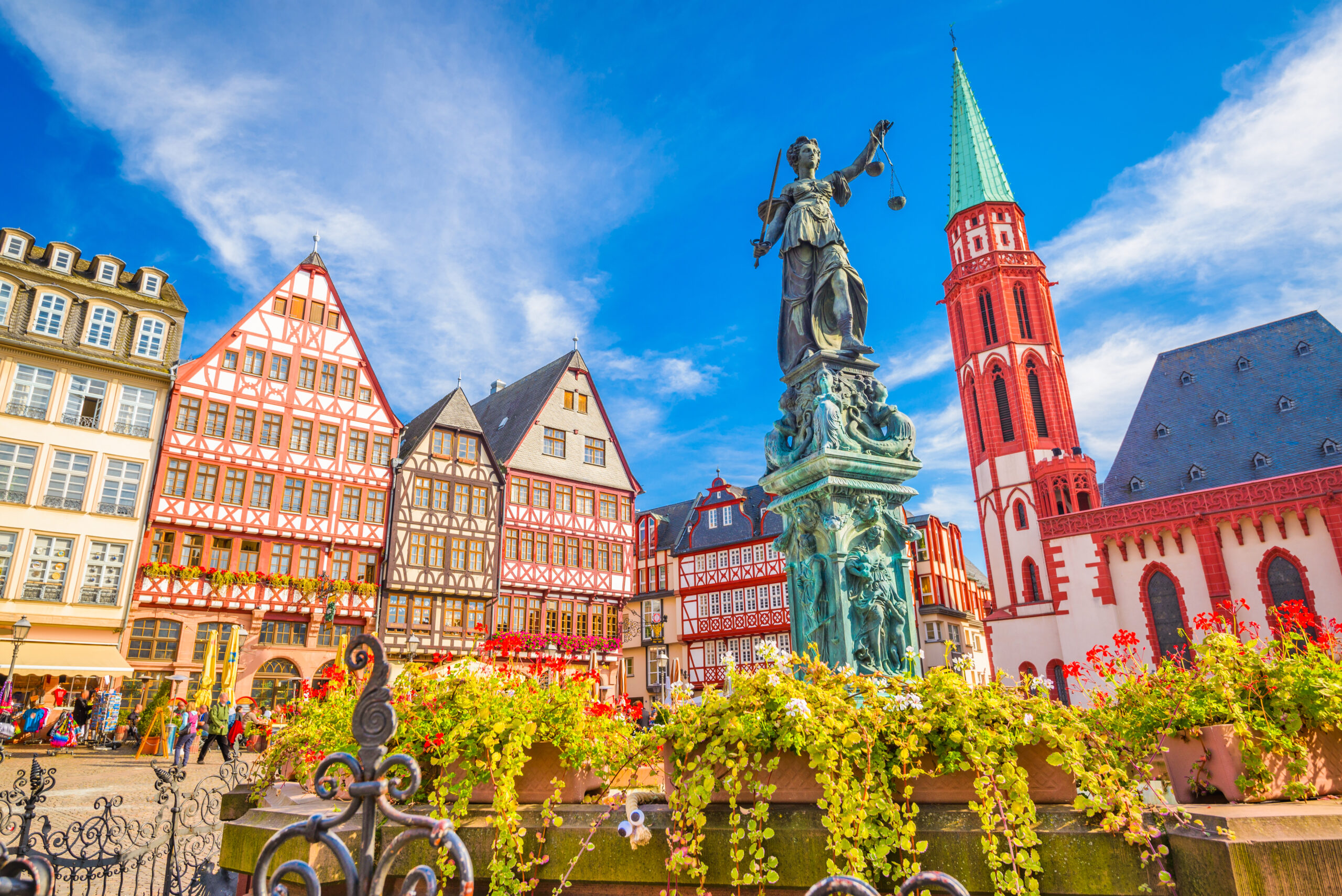Gateway to Germany: Your Ultimate Travel Guide to Frankfurt
Nestled along the banks of the Main River, Frankfurt stands proudly as the financial capital and cultural heart of Germany. With a history that stretches back to Roman times, this metropolis has transformed from a medieval trade center into a bustling modern city while still preserving its rich heritage. As the fifth-largest city in Germany and a central global financial hub, Frankfurt serves as the gateway to Europe’s economic powerhouse, offering you an experience steeped in history.
Beyond its history, Frankfurt offers a culinary journey that celebrates local traditions and global influences. Indulge in traditional beloved apple wine, or savor diverse cuisines at the city’s restaurants and food markets. Whether you’re a history enthusiast, an art connoisseur, a food lover, or a curious explorer, Frankfurt has something to spark your senses.
As you traverse the city’s neighborhoods and relax by the riverside, you’ll come to appreciate Frankfurt’s unique blend of modernity and tradition, making it the perfect place for those seeking an authentic German experience. In this travel guide, we invite you to explore the Gateway to Germany, the multifaceted gem that is Frankfurt.
A Brief History of Frankfurt
The origins of Frankfurt can be traced to a Roman settlement known as “Franconovurd,” which was established around the first century AD. Over the centuries, it grew in importance as a trade center due to its location along the Main River. The name evolved to “Frankfurt am Main,” to distinguish it from other places named Frankfurt, and it became the capital of the Holy Roman Empire.
Throughout its history, Frankfurt faced numerous challenges, including conflicts, fires, and plagues. However, it remained resilient and continued to thrive as a hub for commerce and
finance. The 20th century brought significant political changes and challenges. The city was heavily damaged during World War II, but it emerged as a major financial center in the post-war period.
Today, Frankfurt continues to evolve and is one of the biggest financial hubs in the world. Blending its historical heritage with modernity, the city stands as a dynamic metropolis, offering a glimpse into the past and a vision for the future.
Best Time to Visit Frankfurt
The best time to visit Frankfurt, Germany, is during the shoulder seasons of spring and autumn, specifically from April to June and September to October. Frankfurt experiences pleasant weather during these months and offers fewer crowds compared to the peak summer months. If you plan your visit during the spring, you can also witness the blooming of cherry blossoms, adding a touch of natural beauty to your experience.
Destination Highlights
Frankfort is one of the most industrialized cities in all of Europe. One of the key highlights of Frankfurt is the dynamic and futuristic skyline that has earned it the nickname “Mainhattan.” Whether exploring the futuristic atmosphere or diving into historical and cultural treasures, Frankfurt presents a compelling destination that blends the old and the new.
Römerberg: Römerberg is a historic and picturesque square located in the heart of the city. The square has served as a central meeting place for centuries and remains a vibrant hub today, offering a charming atmosphere, bustling cafes, and shops.
Main Tower: The Main Tower is an iconic skyscraper that is one of the city’s most recognizable landmarks. You can take high-speed elevators to the viewing platform on the 56th floor and marvel at the breathtaking views.
Goethe House: The Goethe House is a historical landmark and museum dedicated to the life of Johann Wolfgang von Goethe. The birthplace of the writer offers you a glimpse into the personal life of Goethe through a collection of authentic artifacts, furniture, and memorabilia.
Museumsufer: Museumsufer is a vibrant cultural district that stretches along the banks of the Main River. Named “Museum Embankment,” this area boasts a remarkable concentration of museums, making it one of the most significant museum landscapes in Europe, with over 12 museums nearby.
Sachsenhausen: Sachsenhausen is a historic district renowned for its old-world charm and lively atmosphere. Wander through its cobbled streets, lined with half-timbered houses, and discover a multitude of cozy taverns, restaurants, and apple wine bars.
As your time in Frankfurt comes to a close, the memories of this city will stay forever. Frankfurt’s allure lies in its seamless blend of tradition and modernity. The vibrant cultural scene, delectable cuisine, and warm hospitality leave an indelible mark on every traveler. We hope this guide to Frankfurt has given you a newfound appreciation for the city and an eagerness to return and uncover even more.




Leave a Reply